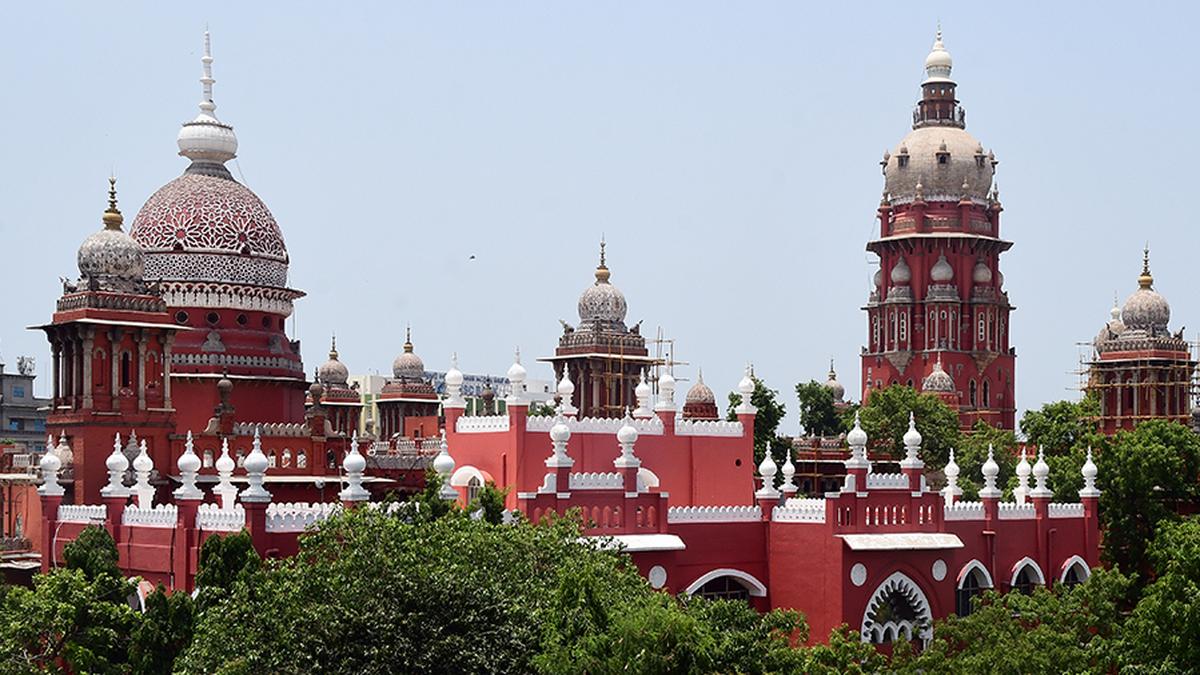
High Courts not empowered to issue a direction for invocation of Article 355 of the Constitution, rule judges
The Hindu
A High Court, under Article 226 (its writ jurisdiction) of the Constitution, does not have the power to issue a direction to the Centre to invoke Article 355 which enjoins upon the Centre a duty to protect States against external aggression and internal disturbance besides ensuring that the government of every State is carried on in accordance with the provisions of constitutional provisions.
A High Court, under Article 226 (its writ jurisdiction) of the Constitution, does not have the power to issue a direction to the Centre to invoke Article 355 which enjoins upon the Centre a duty to protect States against external aggression and internal disturbance besides ensuring that the government of every State is carried on in accordance with the constitutional provisions.
Madras High Court Chief Justice S.V. Gangapurwala and Justice P.D. Audikesavalu passed the ruling while dismissing a writ petition which claimed that the constitutional machinery had broken down due to the attack on Income Tax officials by a mob when they attempted to search the residence of Minister V. Senthilbalaji’s brother V. Ashok Kumar in Karur on May 26. The litigant, R. Varaaki, had accused the State police of having failed to protect the I-T officials.
The judges said, Article 355 of the Constitution appeared to have been inspired both by Article IV(4) of the US Constitution and Section 61 of the Australian Constitution Act, which empower the federal government to “maintain” the Constitution, though the language was altered to make it more clear and specific with regard to the Indian context. They added the Article was introduced much later to the draft Constitution.
While introducing it, the underlying principle and purpose were explained by B.R. Ambedkar, the chairman of the drafting committee, who pointed out that if the Centre was to interfere in the administration of provincial affairs, it must be, by and under a constitutional obligation. He also emphasised that the “invasion” by the Centre of the provincial field “must not be an invasion which is wanton, arbitrary and unauthorised by law.”
Further, referring to various judicial pronouncements beginning from S.R. Bommai’ case (1994) dealing with Articles 355 and 356 of the Constitution, the first Division Bench said, the Sarkaria Commission Report too had explained that a whole range of action on the part of the Centre was possible under Article 355 depending upon the circumstances of the case, the nature, the timing and the gravity of the internal disturbance.
Authoring the verdict, the Chief Justice wrote: “But what is legally permissible may not be politically proper and therefore the Union has to sound the State Government and seek its cooperation before any action. Normally, a State would actively seek assistance of the Union to meet such a crisis, but the scope of Article 355 is wide enough to enable the Union to render all assistance notwithstanding that the State Government has not made any specific request.”
He went on to state: “If the facts put forth by the petitioner are considered as they are, then the incident of Income Tax officials being mobbed and manhandled during the arrest of one minister would not by any stretch tantamount to an internal disturbance within the ambit and purview of Article 355 of the Constitution.”











